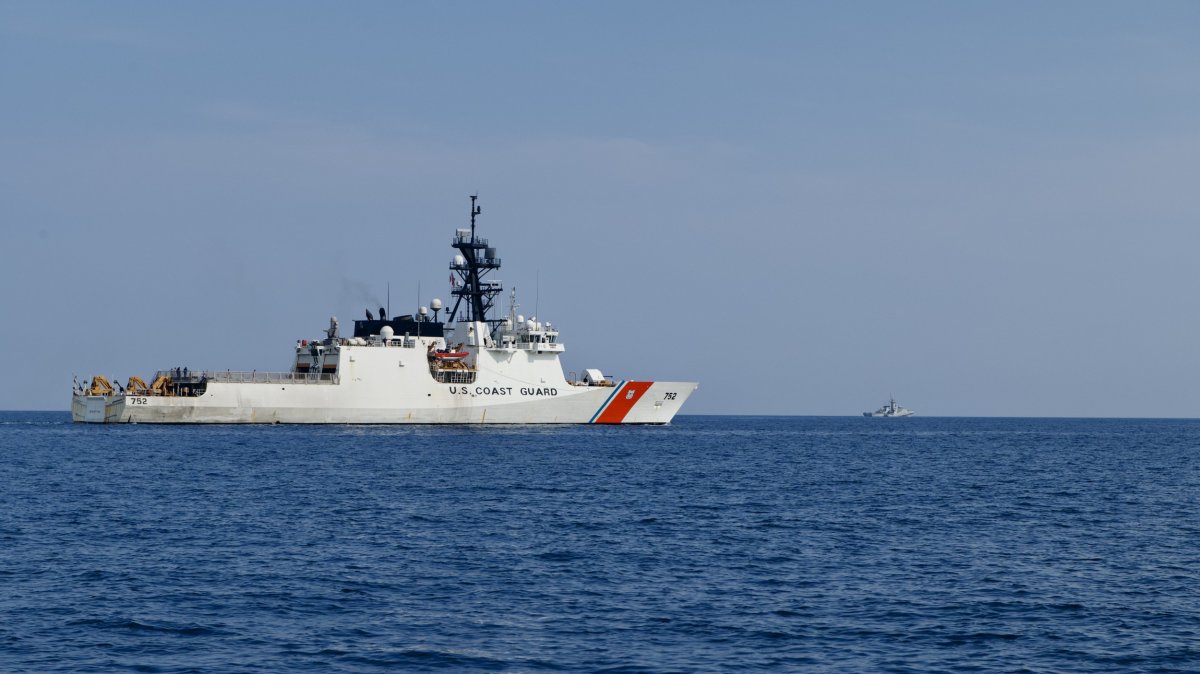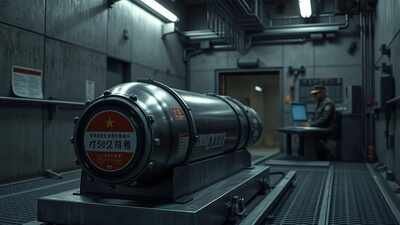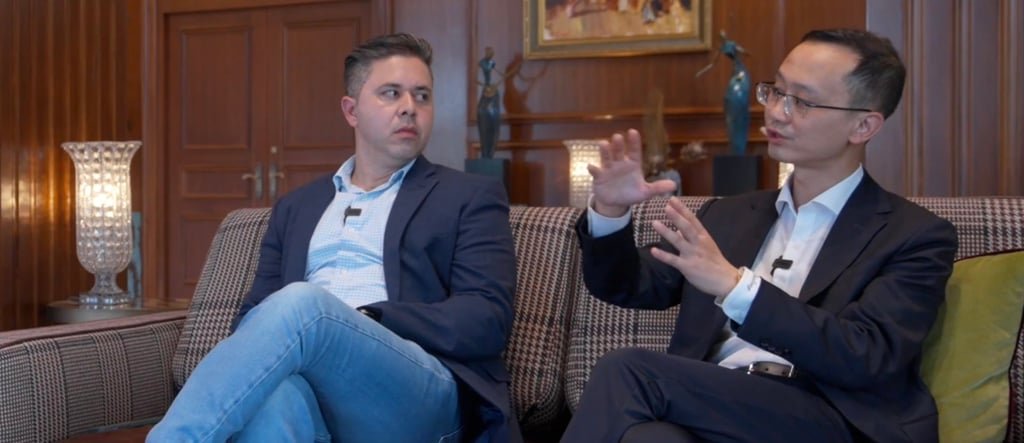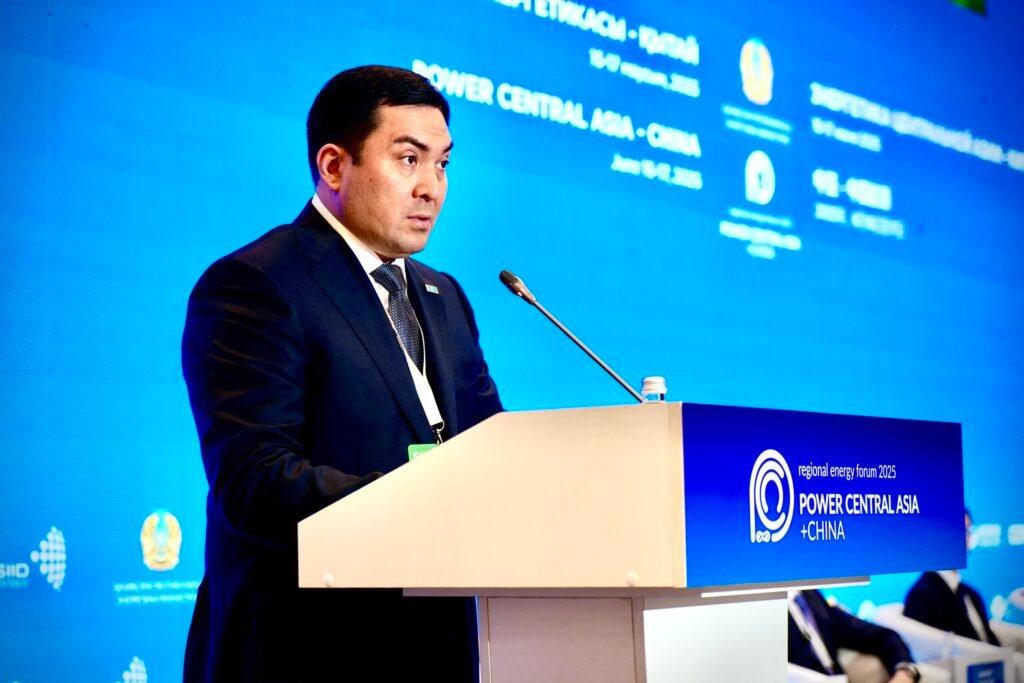The United States teamed up with the United Kingdom—a major NATO ally—to conduct patrols in the East China Sea, where China has carried out controversial maritime activities.
Newsweek has contacted the Chinese defense and foreign ministries for comment by email.
Why It Matters
The East China Sea lies between China and the First Island Chain—an island defense line formed by Japan, Taiwan and the Philippines as part of a U.S. containment strategy aimed at restricting China’s naval activities through America-aligned territories in the event of war.
China asserts its sovereignty in the East China Sea by maintaining a coast guard presence near a disputed, Japan-administered group of islets and by installing fossil fuel facilities in the region—raising Japan’s concerns that it is attempting to alter the status quo in its favor.
What To Know
Official photos released on Saturday show USCGC Stratton—a U.S. Coast Guard national security cutter deployed in the western Pacific since mid-May—sailing alongside the Royal Navy patrol vessel HMS Spey at an undisclosed location in the East China Sea on June 1.
In a news release on June 11, the Royal Navy said that the Spey joined the Stratton in the Korea Strait—a 120-mile-wide waterway north of the East China Sea that separates South Korea and Japan. The two ships conducted close maneuvering and communications training.

The United States Coast Guard cutter USCGC Stratton, left, conducts an exercise with the Royal Navy patrol vessel HMS Spey, right, in the East China Sea on June 1, 2025.
Petty Officer 3rd Class William Kirk/U.S. Coast Guard
The Spey is also deployed in the Indo-Pacific region. The British aircraft carrier HMS Prince of Wales is expected to arrive in the area soon with a task group as part of an eight-month deployment.
Following the joint operation, the British patrol vessel—which had been monitoring illicit activities by North Korean ships in waters surrounding Japan—visited Sasebo in Kyushu, Japan’s southernmost main island, on June 5. The ship was spotted departing on Sunday.
Meanwhile, the U.S. Coast Guard cutter conducted an exercise with the Japan Maritime Self-Defense Force in waters south of Honshu—Japan’s main island—on June 8. The ship made a port call in Kagoshima, Kyushu, on Monday, according to a local ship spotter.
The Stratton is also scheduled to participate in a trilateral exercise with the Japanese and Philippine coast guards in waters off Kagoshima from Monday to Friday. BRP Teresa Magbanua, a Philippine Coast Guard patrol vessel, docked in Kagoshima on June 12.
What People Are Saying
The U.S. Coast Guard Pacific Area said on Saturday: “U.S. Coast Guard Cutter Stratton is deployed to the Indo-Pacific to advance relationships with ally and partner nations to build a more secure and prosperous region with unrestricted, lawful access to the maritime commons.”
The Royal Navy said in a news release on June 11 about the Spey and the Stratton: “To enhance the understanding between the two Services…sailors traded places with their opposite numbers.”
The Philippine Coast Guard said in a Facebook post on Saturday: “A joint search and rescue drill will be conducted as part of the [trilateral coast guard exercise] to highlight operational readiness, coordinated response, and reinforce regional cooperation in addressing maritime challenges.”
What Happens Next
It remains to be seen how the U.S. and its allies will further enhance their naval or coast guard presence in disputed waters near China—including the Yellow Sea and the South China Sea—amid China’s expanding maritime activities.







